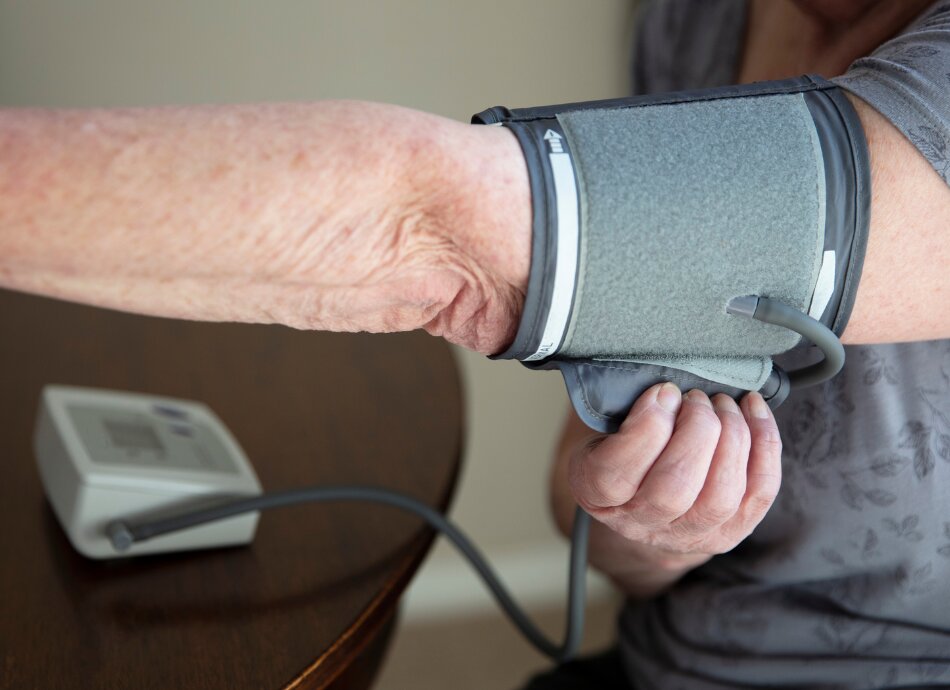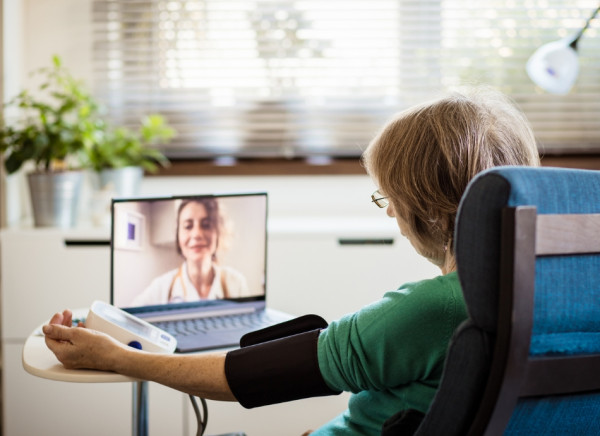Wishing everyone happy holidays and a joyful New Year from the Healthify team. Don't forget to Slip, Slop, Slap and Wrap!
Blood pressure measurement at home
Monitoring your blood pressure at home
Key points about blood pressure measurement at home
- Home blood pressure testing involves you measuring your blood pressure (BP) in your home under the guidance of a healthcare provider.
- There are times when it's useful to measure your own blood pressure at home.
- For example, you may find your BP rises when you visit your healthcare provider, it might vary a lot between visits, or you may want to monitor the effects of your medicine.
- This page provides information about BP measurement devices and how to use them.

If you have hypertension (high blood pressure), measuring your blood pressure (BP) at home can have advantages, especially if you have chronic kidney disease or diabetes.
Home BP measurements can help:
- when your healthcare provider thinks you might have white-coat syndrome (this happens when someone experiences a spike in their BP when it's measured in a clinical setting, such as a doctor's surgery, but not at other times)
- if you have a telehealth consultation instead of seeing your healthcare provider in person
- when there's a big variation in your BP measurements between visits to your healthcare provider which may not be picked up unless your BP is measured more often
- to check whether your medicine is working or if it's causing low blood pressure (hypotension)
- when you're not responding to BP-lowering treatments.
Home BP readings may more accurately indicate your risk of hypertension (high blood pressure) and the conditions associated with it, compared with BP measurements taken in a healthcare setting (eg, at your general practice or at the hospital).

Image credit: Canva
If you’re measuring your blood pressure (BP) at home, you need to do these things:
- Use a validated BP-measuring device (also called a BP monitor), that is, a device that has been proven to give accurate and reliable measurements. This information is usually found in the product manual or packaging.
- Measure your BP in a consistent manner. See the section below for tips on how to measure your blood pressure.
Devices for home BP monitoring usually inflate automatically at the push of a button. However, there are some models that require you to inflate the cuff yourself by pumping a bulb.
Devices that measure BP using a cuff at your upper arm are generally considered more reliable than those that measure BP at your wrist or finger. If you have a large arm, you may need to use a cuff that fits your arm size or a validated wrist device as an alternative option.
It's important to choose an appropriate cuff size. Cuffs are available in small, medium and large sizes. Using the wrong cuff size can give you incorrect BP readings. A cuff that is too small will overestimate BP and a cuff that is too large will underestimate it.
You can purchase BP-monitoring devices at pharmacies or online.
Avoid mobile phone apps that claim to be able to measure blood pressure (BP) without the use of a BP cuff. These apps are not validated and are not recommended for the diagnosis or management of hypertension.
If you’re doubtful about the accuracy of your BP monitor, take it to your healthcare provider’s office or your pharmacy so that staff can compare the monitor's reading to that of their own device.
Your blood pressure (BP) changes throughout the day depending on the time of day, what you're doing and any stress or excitement you're feeling. Fluctuations in BP are normal, but some people’s BP changes more than others.
If you’re monitoring your BP at home, take your BP measurements every day for 5 to 7 days at around the same time in the morning or evening.
Caffeine, alcohol and cigarette/tobacco smoking can all contribute to increased BP so measurements are best done at least 30 minutes before or after these stimulants.
- It's best to measure your blood pressure (BP) in a quiet room after you've been sitting for 5 minutes. Your arm should be relaxed.
- Sit with your:
- feet flat on the floor
- legs uncrossed
- upper arm bare and free of tight sleeves above
- back and arm supported in a relaxed position.
- Move your arm so the cuff is at heart level.
- Take 2 measurements of your BP (systolic and diastolic pressure) 1 to 2 minutes apart. Taking 1 set of measurements isn’t enough. On a BP machine, the systolic pressure is displayed as the top number, and the diastolic pressure is shown as the bottom number.
- If your healthcare provider asks you to record your standing BP, wait at least 2 minutes after standing to record your BP. This allows your body to adjust from the change in position and helps to obtain an accurate BP reading.
- If you’re taking morning BP measurements, do so before breakfast and before taking any medicines.
- If you’re taking evening BP measurements, do so before going to bed and after taking any medicines.
- Record any obvious reasons for variations in your BP for example:
- if you’re unwell
- if you’ve been smoking
- If you’ve drunk or eaten anything containing caffeine recently (eg, coffee, chocolate, energy drinks)
- if you had a poor night's sleep
- if you’ve exercised recently.
- if you've experienced emotional stress, or acute pain.
Some blood pressure (BP) monitors can record your BP readings for you, but you may prefer to keep a paper diary(external link) or use a BP app to record your BP measurements.
Apps reviewed by Healthify
You may find it useful to look at some Blood pressure apps.
Things to avoid
Avoid measuring your blood pressure (BP) when you’re uncomfortable, stressed, in pain or affected by extremes in temperature, such as a poorly heated home during winter.
- Some people with raised BP may become anxious due to continually high BP readings. These feelings of anxiety can affect your BP measurements. Talk to your healthcare provider if this happens to you.
- Some people may become obsessed with their BP and take an excessive number of recordings. Talk to your healthcare provider if this happens to you.
- It’s important that you don’t make any changes to your medicines based on your home BP readings without talking to your healthcare provider.
The following links have more information on measuring your blood pressure (BP) at home. Be aware that websites from other countries may have information that differs from New Zealand recommendations.
How to measure home blood pressure – recommendations for healthcare professionals and patients(external link) Australian Family Physician, Australia (includes blood pressure diary)
BP monitors(external link) British and Irish Hypertension Society
How to measure your blood pressure(external link) Choice, Australia
Resources
Managing high blood pressure(external link)(external link) Heart Foundation, NZ, 2019
Checking your blood pressure at home(external link) The Heart Foundation, Australia
Home blood pressure diary(external link) British Hypertension Society
Apps
References
- Cardiovascular disease risk assessment in primary care – managing blood pressure(external link) BPAC, NZ, 2018
- Blood pressure monitors(external link) Consumer, NZ, 2024
- Cardiovascular disease risk assessment and management for primary care(external link) Health New Zealand | Te Whatu Ora
- Out-of-clinic blood pressure testing in primary care(external link) BPAC, NZ, 2016
- Checking your blood pressure at home(external link) The Heart Foundation, Australia, 2020
Credits: Healthify editorial team. Healthify is brought to you by Health Navigator Charitable Trust.
Reviewed by: Tracey Xu, Nurse Practitioner, Emergency Department, Hutt Hospital, Wellington
Last reviewed:





